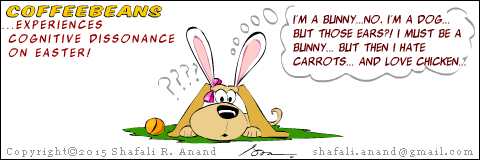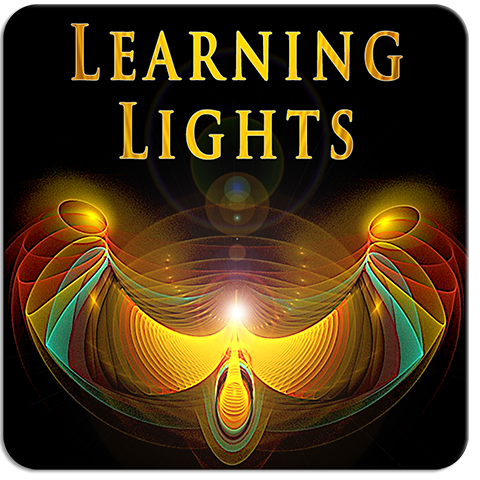Hi Friends,
If you are a content professional, this workshop could be of interest to you.
I’ll be conducting a 3-hour Free Online Instructional Design Workshop on September 06, 2020, which is a Sunday. It shall start at 10 AM IST and conclude around 1 PM IST. The workshop shall be conducted through Zoom, and all you’ll need to join is a free Zoom account.
So, if you’d like to attend an interaction and fun session on Instructional Design, please visit the IDP Page here, and register for it.
Here’s a bit about the workshop. For more details, please visit the link above:
Workshop Brief:
As we move into an era where our laptops and mobile devices have become a necessary extension of ourselves, the methods of learning and the psychology of learners both undergo a change. Along with these changes, the challenges that a content creator faces today, are different from the ones she faced before the century turned. The thread that strings together all these mediums of learning – traditional as well as modern – is Instructional Design.
From being an exotic, somewhat obscure discipline that was more misunderstood than understood, Instructional Design has emerged to be an important weapon in a content developer’s arsenal. The primary reason behind this evolution has been the growth of the IT and the ITES sector in India in the early 2000s. We have now reached a point in our journey where Instructional Design has transformed into an essential skill for almost every content development/training job in our industry.
All learning professionals, starting from the fresh content developers/trainers to the senior content/L&D managers, are expected to have a strong grip on the principles and methods of Instructional Design.
This workshop shall attempt to demystify Instructional Design and illustrate its connection with eLearning and mLearning, explain how being proficient in ID and related disciplines could put your career on a fast track, and of course; it shall also illustrate how much fun it could be to learn and apply Instructional Design.
Important Note:
This workshop shall require your video and audio presence. The workshop shall simulate the contact version of the workshop conducted in Noida, and will be different only in that the 3-hour session will be conducted through Zoom. The invites will be sent out to 12-16 prospective participants on first-come-first-served basis.
Workshop Objectives:
- Provide exposure about the different roles and corresponding responsibilities that exist in the eLearning and Content Development industry.
- Enable fresh instructional designers, content writers, and trainers to get a panoramic view of what ID practice and theory entails.
I look forward to meeting you this Sunday,
Shafali



